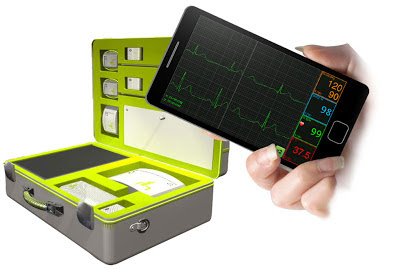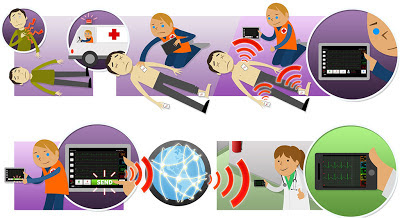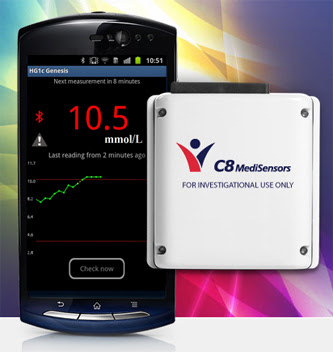 |
| 6 minutos Tiempo de Respuesta de Bomberos del D.N. Rep. Dominicana |
Bomberos del DN garantizan respuesta en seis minutos
Especialista destaca desarrollo técnico de los bomberos del país
SANTO DOMINGO. El teléfono de los bomberos del Distrito Nacional es el 809-682-2000. A partir del llamado, los bomberos garantizan asistir la emergencia en un período entre cuatro y seis minutos.
En los últimos años, el Ayuntamiento del Distrito Nacional (ADN) y el Cuerpo de Bomberos se han establecido en doce estaciones y un Cuartel General dentro de los 92 kilómetros cuadrado capitaleños. La descentralización, asegura el jefe de los bomberos del Distrito Nacional, general Guillermo García, "permite tener una primera atención en tiempo por debajo de los parámetros internacionales, tenemos una estación por cada 6.5 kilómetros cuadrado. Inclusive en horas de mucho tráfico, entre cuatro y seis minutos".
En las circunstancias actuales resta como zona vulnerable la carretera Sánchez o avenida Independencia. Actualmente, el ADN construye la estación número trece, próximo al Kilometro 10 1/2, en el lugar también se adecua una funeraria municipal. Los puntos más cercanos a la zona denominada "Los Kilómetros" son las estaciones del Centro de los Héroes y la del Parque Mirador Sur. "Ahora mismo estamos débiles en los Kilómetros", admite.
Según García, los bomberos han podido establecer un sistema de atención a emergencias que a su entender ha demostrado funcionar con eficacia. "Tenemos la ciudad cuadriculada, ante un llamado, inclusive durante el peor momento del tránsito, podemos identificar de cuál estación podrá llegar primero un camión de bomberos. Porque si no podemos llegar con el más cercano desde una estación lo podemos hacer con otra", dice.
El técnico en situaciones de emergencia y Jefe de Operaciones del Centro de Operaciones de Emergencia (COE), Edwin Olivares, destaca que, además del despliegue que han logrado los bomberos en la capital, también se han desarrollado técnicamente. "Los bomberos del Distrito Nacional, los de San Francisco de Macorís, Santiago, Santo Domingo Este y Oeste se han ido profesionalizando y no son solo apagafuegos", dice Olivares.
Señala, no obstante, que por la naturaleza municipal de los bomberos, no hay suficiente equipamiento para las emergencias que se puedan presentar.
En el caso de los bomberos del Distrito Nacional, Olivares dice que ha podido adaptarse a las características locales. "El Distrito Nacional tiene condiciones muy especiales, tiene edificios muy altos y barrios muy pobres, tiene río, tiene mar, tiene calles muy estrechas y continúan trabajando para dar respuesta a las situaciones que se puedan presentar".
Personal de los bomberos
El cuerpo de bomberos está compuesto por 722 bomberos, de los cuales 322 son voluntarios y 400 son asalariados. Ambos grupos se someten a jornadas de trabajo de doce horas, en turnos de seis a seis, en supervisión nocturna y diaria.
En cada estación de bomberos hay un personal asignado compuesto por el comandante, el chofer, y tres miembros que ante una emergencia se convierte en la unidad de combate. Dependiendo de la emergencia, existen unidades de apoyo, compuestos por tres miembros, el chofer y otros dos bomberos.
"Pese a la capacidad de respuesta que podamos tener, los primeros minutos son los que determinan la función de los bomberos. Si no se hace la llamada rápidamente, lo que es un conato de incendio se puede convertir en un fuego en el que se pierda todo", dice García. Llama la atención que con frecuencia los que hacen la llamada telefónica son las personas que no tienen relación directa con el incendio. "La mayoría de las llamadas que recibimos son de las personas que no ven el fuego, hasta que sale de la casa. En esos casos lo que se busca es tratar de evitar la pérdida total", concluye el general.
CaracterísticasEquipamiento, tema de estado
18 camiones contra incendios tiene el Distrito Nacional.
7 Camiones pequeños combaten incendios en calles estrechas dentro de barrios y distribuyen agua.
Tres equipos en el Cuartel General, la avenida John F. Kennedy y La Feria asisten accidentes de tránsito.
En la estación de la Kennedy la unidad tiene capacidad para rescate de altura con un carro escala.
La estación en el barrio de La Ciénaga está equipada con un bote de rescate con capacidad para combatir incendios desde el río Ozama.
En 2011 fue creado el equipo de búsqueda y rescate Hurón compuesto por ocho hombres.
EQUIPAMIENTO, tema de estado
El Jefe de Operaciones del COE, Edwin Olivares, explica que el equipamiento de los bomberos de todo el país debe manejarse como un asunto de Estado. "Los bomberos están preparados para el rescate de altura, espacios confinados, accidentes de tránsito, y accidentes industriales; pero por el Distrito Nacional, por ejemplo, transportan químicos que escapan de la ciudad, sustancias que no se apagan con agua ", dice Olivares, al señalar que el Gobierno central debe ayudar a las instituciones de emergencia por el alto costo que representa tener abastecimiento para tratar ese tipo de situaciones.









